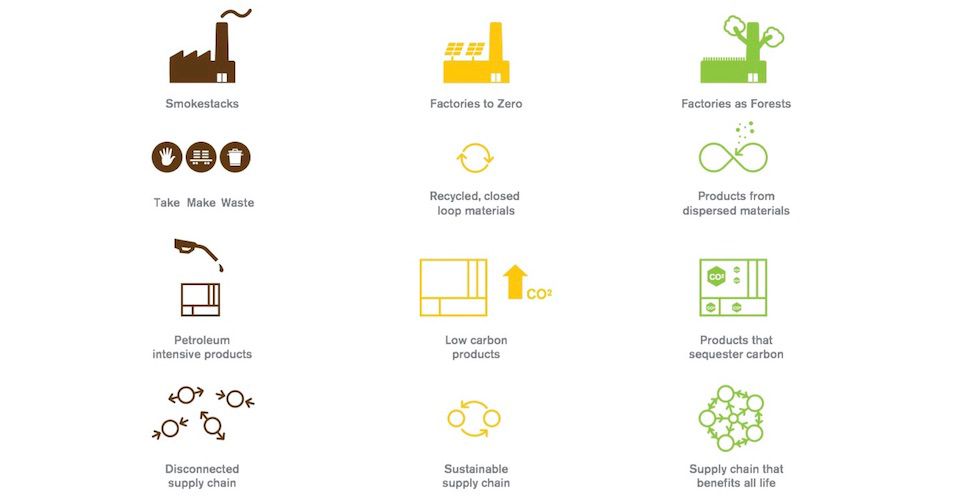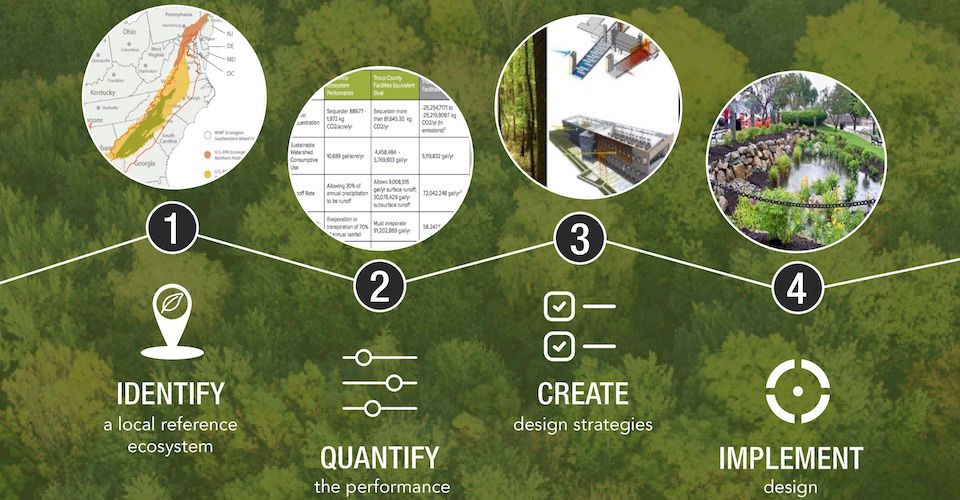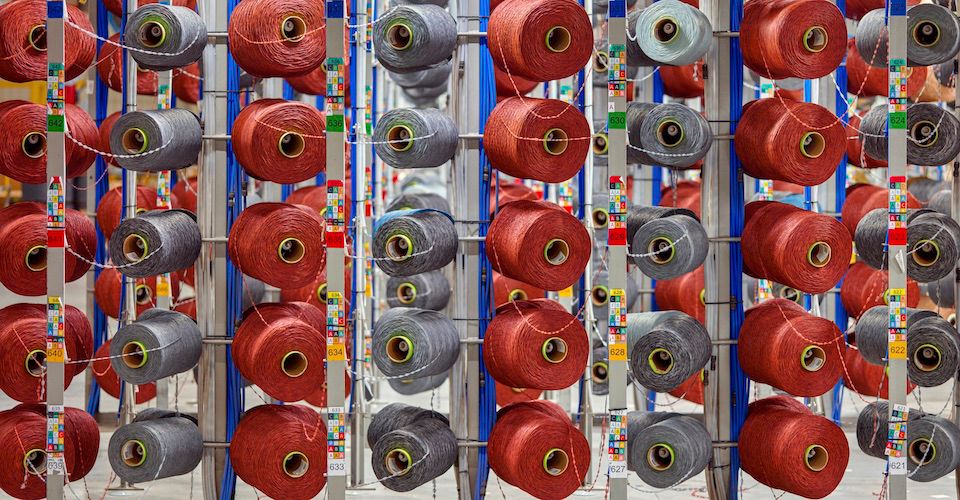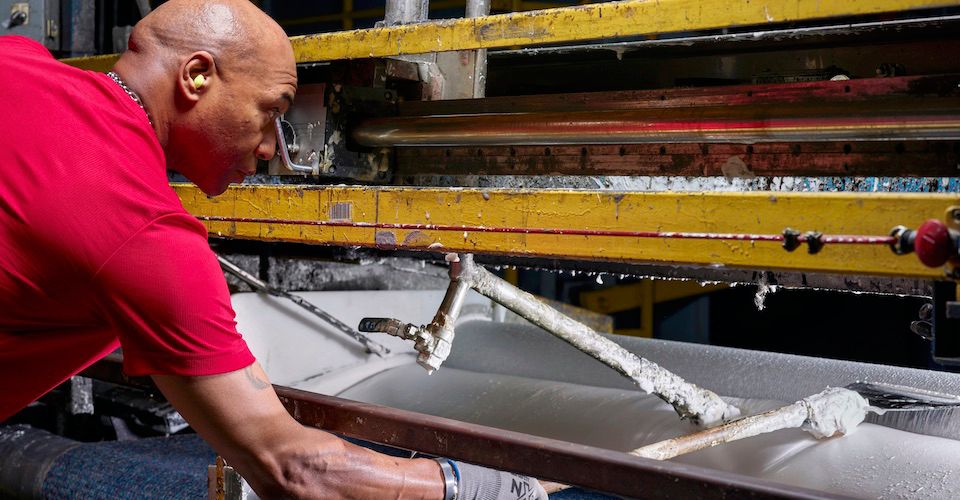Nature has the power to regulate climate, but only if humanity doesn’t get in the way. Right now, human activity is interfering heavily with Earth’s regulating systems by producing too much carbon dioxide that is driving up global temperatures.
This is where the third part of our Climate Take Back™ plan comes in – Let Nature Cool. This part is all about supporting our biosphere’s natural ability to modulate the climate by making space for nature to do its job. What does that mean exactly? To put it simply – we must stop interfering with nature by producing too much carbon, so the Earth can restore its core ecosystem.
All in all, Let Nature Cool means we must redesign and rethink how businesses and industries operate to minimize their impact on nature. If we reduce the excessive carbon emissions, nature can regulate the climate and help reverse global warming. Sometimes the way to lessen that impact is to use nature as the model for redesigning how we operate.
A key aspect of this effort is rethinking our factories. This is no small task when you consider that there are more than 10 million factories in the world. The good news is that each of these factories can operate in a regenerative way by using nature as a model.
By mimicking the operations and processes of a high-performing ecosystem, our Factories as a Forest project is creating a new roadmap for how factories can operate. In collaboration with Biomimicry 3.8, we’ve developed an approach to our manufacturing facilities that enables positive impacts and contributed to the creation of a methodology that others can follow to obtain similar results. Let’s talk about where it stands today.

This visual illustrates Interface’s factory progression from Smokestacks to Factories as Forests.
The Need for Beyond Zero
For the past few decades, climate action focused on reducing carbon emissions, but that is no longer enough. To stay in line with the Paris Agreement’s 1.5-degree Celsius goal, we must shift our sustainability mindset from doing less harm to doing more good. This means going beyond net zero and becoming carbon negative – e.g. conducting business in a way that has positive and restorative effects on the environment.
What will carbon negative look like at Interface? It means we will become a company that stores more carbon than we emit across all of our operations and supply chain. And our first step toward becoming a carbon negative enterprise is reducing the emissions of our products.
When we examine our surrounding ecosystems, we notice something important – nature and its processes store carbon effectively and effortlessly. Our recent carbon negative carpet tile innovation demonstrates how taking cues from nature can be a powerful approach. However, to truly store more carbon than we emit as an enterprise, we must rethink our factories and supply chain – this led us to take inspiration from forests and, ultimately, to the creation of the Factories as a Forest methodology.
© Christopher Payne/Esto
© Christopher Payne/Esto
© Christopher Payne/Esto
Rethinking Our Factories
Our Factories as a Forest approach requires us to ask what it means to have buildings operate like nature and provide a similar positive impact. To achieve this, we must embrace the right model for rethinking how our manufacturing facilities operate. We realized that by studying the ecosystem surrounding a factory, we can use nature as a benchmark for design and building performance. Then we can identify how it produces these positive impacts and emulate those methods within our factories.
In a sense, an ecosystem is a factory found in nature. It purifies the air, filters water, enriches the soil, provides shelter, and much more – essentially, it supplies all of the elements needed to keep life going. This means that to act as high-performing ecosystems, factories should be able to store carbon and mimic certain natural processes.
The natural question is, “what does this look like?” The good news is we’ve developed a methodology with Biomimicry 3.8 that provides companies with an effective roadmap so they can begin to rethink their own facilities, just as we have at our manufacturing facilities in Troup County, Georgia.
How the Methodology Works
Before we dig in, we want to highlight that this design approach uses a place-based lens, which is fundamentally different than other standardized approaches that can be applied across large and diverse global operations. We believe it’s critical that we look to our nearby environments for specific insights on how to operate regeneratively.
Nature’s proven strategies for things like water filtration and carbon sequestration differ depending on where they occur, and our factories need to operate differently according to their locations. Now, let’s break down this approach into specific steps:
- Identify a local high-performing ecosystem with as little environmental degradation as possible, such as a forest preserve or national park.
- Quantify the performance of this ecosystem by working with biologists at organizations like Biomimicry 3.8. Understand how much carbon it stores, how much water it filters, and how much habitat it provides. Develop performance metrics for your facility based on these quantifications. Perform a gap analysis to show where your facility is compared to this new regenerative benchmark.
- Create design and operational strategies that align with your company’s overall business objectives and the needs of your people.
- Implement recommendations and measure success.

The Factory as a Forest approach includes four key steps.
Lessons We’ve Learned
Developing a regenerative design standard is an ambitious undertaking, and we’ve learned a lot as part of the process. Our lessons range from knowing how to narrow your focus, to building the right benchmark, to preparing your organization to embrace the methodology. Here is some of our best advice for those looking to follow in our footsteps:
- Build buy-in from the ground up. For an aspirational project like this to succeed, you need people to get behind it. Everyone from the C-suite to entry-level employees should know what you’re doing and why. This will create fewer questions as the process moves along while generating excitement and accountability.
- Narrow your focus. Ecosystems are highly complex and interconnected; a factory cannot mimic everything they do. When reviewing your performance data, select metrics that align with your sustainability goals and are meaningful to your company and stakeholders. Identify areas that you can realistically influence, but don’t lower your ambitions. (For example, urban projects may have limited measurement opportunities, so focus on the areas where results are most plausible.)
- Don’t overlook the human benefits. At our Troup County facilities, we installed new windows to cut down on lighting usage, and as a result, our workers enjoy the outdoor views. We also created a butterfly garden to promote the local pollinator population, and our employees seem to appreciate it as much as the pollinators.
Project Positive – A Collaborative Effort
Unlike other sustainable or green building standards that can be replicated at different facilities, this regenerative design standard doesn’t produce a defined metric. Just like the ecosystems they are modeled after, each implementation will be different, which makes scaling difficult. Consequently, we knew getting Factory as a Forest to catch on in other industries was not something we could do alone.
Led by Biomimicry 3.8, we banded together with other companies and design firms to become Project Positive, a group dedicated to demonstrating the achievable impact of implementing nature-based solutions. By sharing our success with others, we hope to spread the mindset behind climate-positive thinking and inspire others to do the same. Today, Project Positive includes leaders from the architecture, automotive, technology, education, and manufacturing industries – all dedicated to proving that the application of nature’s teachings can yield optimal performance and positive impacts on both people and the planet.


